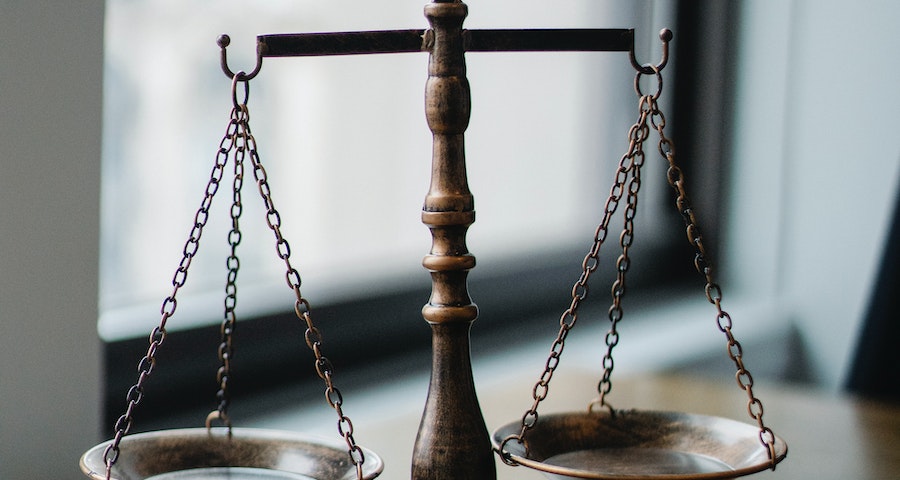
When a personal injury occurs, it can be difficult to navigate the legal system and understand what steps you need to take to receive compensation for your damages. One avenue to obtain damages is through a personal injury civil lawsuit. However, this process can be lengthy and complex, especially for those who are unfamiliar with the legal system. In this blog post, we will break down the steps involved in every personal injury civil lawsuit, providing you with a helpful guide to help you understand the entire process from start to finish.
Contents
Step 1: The Complaint
The first step in every personal injury civil lawsuit is the filing of the complaint. This document formally starts the lawsuit and outlines the plaintiff’s (injured party) claims against the defendant(s) (the party/corporation responsible for the injury). It details the facts surrounding the injury, alleges legal theories upon which relief may be granted, and requests appropriate relief. The complaint is served on the defendant, who must respond within a certain amount of time by filing an answer or a motion to dismiss.
Step 2: Pretrial Proceedings
The pretrial process begins after the complaint and answer have been filed. Parties are required to engage in discovery, where both sides attempt to obtain evidence from the other side related to the claim. Discovery may include written interrogatories, requests for the production of documents and things, and/or depositions. Parties may also file motions, like a motion for summary judgment, that ask the court to rule on issues without a trial. If both parties can’t agree on a settlement, the lawsuit may continue to trial.
Step 3: The Trial
The trial is where all the evidence is presented for each party to argue their case before a judge or jury. Both parties present opening statements, followed by the presentation of evidence and witness testimony. After the presentations, closing arguments are made. The judge or jury then issues a verdict, assessing fault and awarding damages if appropriate.
Step 4: Post-Trial Proceedings
The post-trial process begins after a verdict has been rendered. If the plaintiff wins the trial, the defendant can file an appeal, asking a higher court to review the decision. If the defendant wins the trial, the plaintiff may appeal, asking a higher court to reverse the decision. If no appeal is filed, the court enters a judgment against the defendant for the amount awarded.
Conclusion
A personal injury civil lawsuit can be a long and complicated process, but understanding the steps involved can help you feel more prepared. Filing a complaint, engaging in pretrial proceedings, attending the trial, and navigating post-trial proceedings can be daunting, but with sincere, experienced legal counsel, it is manageable. Although each case is different and there is no timeline for how long a case will take, seeking compensation for your damages may be possible through your civil lawsuit.
